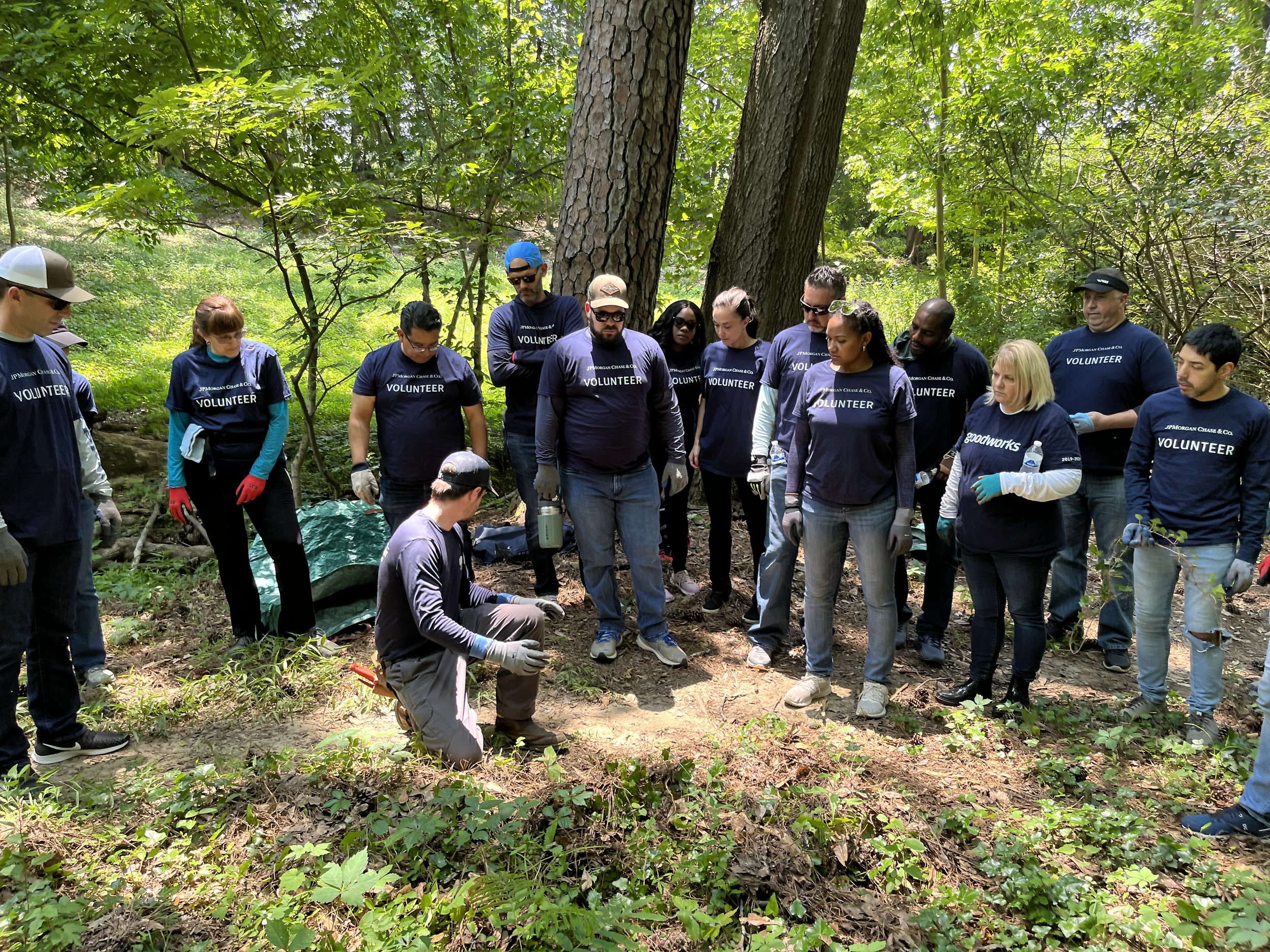
Woods Keeper at
Chastain Park

Chastain Park Update 1.7.26
Throughout fall and winter, Woods Keeper crews focused our work on the Northwoods trails. Over the years Chastain Park Conservancy has done a killer job in controlling the invasive shrubs in this area, and now it’s the groundcover that needs some attention. Always mindful of erosion and disturbance, invasive plants like common ivy (Hedera helix) and Liriope (Liriope spicata) were removed and thinned out to allow room for native groundcover. It’s always exciting to see what lies waiting in the native seedbank after the removal. We added some encouragement in the form of native seeds, and a few small plants including marginal wood fern (Dryopteris marginalis) mayapple (Podophyllum peltatum) and others.
Heading into 2026 we will continue to work through the Northwoods as well as keep eyes on our previous work areas including near Lake Forest Ave and the Legion building where the new outdoor classroom resides. Since our work began here in 2022, we’ve seen a huge increase in biodiversity after the suffocating invasive plants have been removed!
We’re also monitoring areas in the Palisades and at Hamburger Pond, where we’ve been targeting invasive kudzu, stiltgrass, and elaeagnus.
If you happen to see us out and about at Chastain Park, please don’t hesitate to say hi and ask us questions about our work. We love to talk about it and we love all the beautiful scenery and wildlife this park has to offer!
Thanks to Chastain Park Conservancy and all of their supporters for making this work possible.
Overview:
In Spring of 2022 Woods Keeper began work at Chastain Park in an area once nicknamed “kudzu canyon” that’s no stranger to restoration work. Many native plants like trillium, buckeye, sunflower, goldenrods, and asters are naturally returning in some areas while remaining invasive plants like English ivy still dominate in others (before-&-after shown below). Other targeted non-native invasive plants include privet, porcelain berry, elaeagnus, stiltgrass, and multiflora rose.
Working alongside Chastain Park Conservancy who is actively planting native plants throughout the park, Woods Keeper is continuing restoration efforts to remove and suppress these harmful invasive plants while nurturing the native plants and trees that support our local ecosystem. A small offshoot of Nancy Creek runs through the area supporting healthy populations of jewelweed, American jumpseed and much more. The stream flows over the roots of an enormous green ash tree (shown below), a tree so big it made the Atlanta Champion Tree list at #2 for this endangered species.
As the transformation unfolds from an unhealthy and overwhelmed landscape to a biodiverse and abundant woodlands, beauty will naturally follow. Check back for updates, or better yet come see for yourself!
**Does native habitat restoration mean every plant that’s non-native will be removed? No. We believe non-native plants can have a place in landscapes as long as they are not invasive. This issue is not black and white and often requires a nuanced discussion involving the specifics of the site.
Not only does invasive plant removal improve the health and beauty of our natural areas, it also makes trails more inviting.
Brian Barnes of Chastain Park Conservancy and Eli Dickerson of Park Pride measure the large green ash (Fraxinus pennsylvanica).
A host to swallowtail caterpillars and many moths, green ash trees also provide cover and food to many bird and animal species. The green ash has rapidly become endangered in North America due to the Emerald Ash Borer, an invasive beetle whose larvae feed on the inner bark ultimately killing the tree.
Still seemingly healthy for now, this green ash at Chastain Park measures over 11 feet in circumference, 100 feet high, and 60 feet in average crown spread putting it at #2 on Trees Atlanta’s Champion Tree list.



















